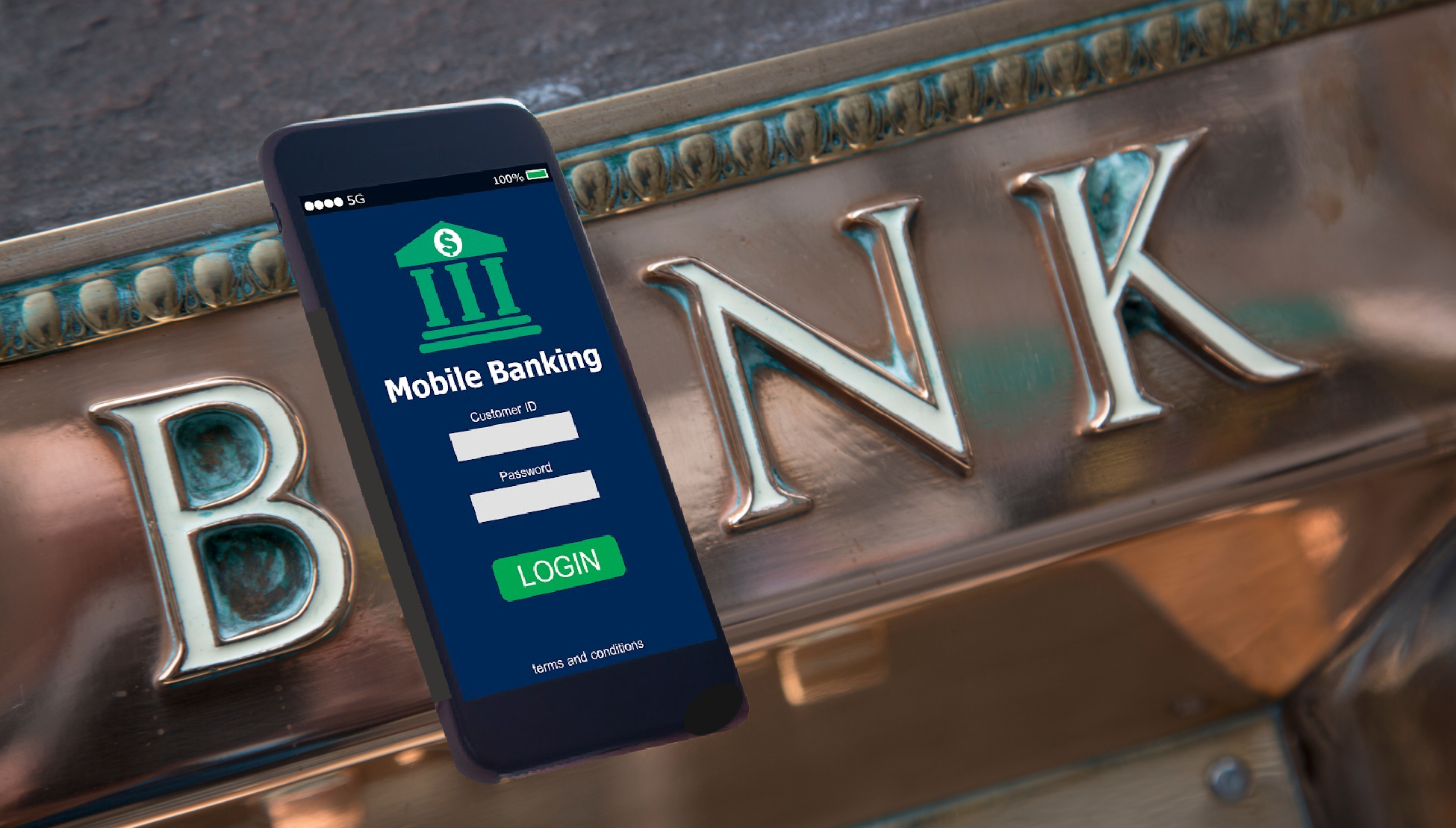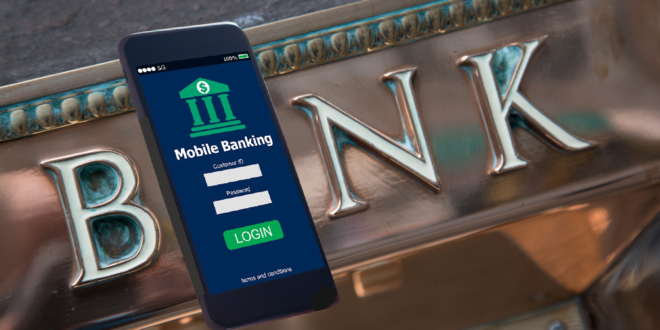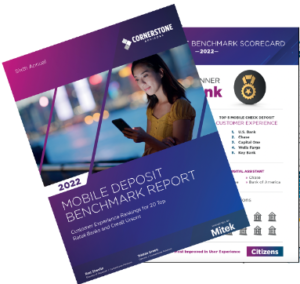

By Michael Diamond, Senior Vice President, GM Digital Banking, Mitek
In our post-pandemic world, most people now interact with their banks online and aren’t interested in returning to their old in-person, branch-based banking habits. This was one of the key findings from a recent report my company conducted on mobile banking with Cornerstone Advisors, based on a survey of more than 1,000 US consumers.

Despite the reopening of physical branch locations by most banks, the use of mobile banking services continues to increase across nearly all areas surveyed. Mobile deposit is a huge driver; almost 88% of Americans accessed their checking account using a smartphone or tablet in 2022. And within that group, 53% deposited one or more checks using those devices, compared to 43% in 2020.
Looking at this data, it’s apparent that developing an excellent mobile experience for customers is no longer a nice-to-have for financial institutions but a must-have to survive in a world where digital-first competitors continue to enter the market. The best path forward to create a digital experience that drives customer acquisition, engagement, and loyalty – as well as competition – involves simplifying UX design for ease of use, implementing unique tech features, and clarifying anti-fraud security measures.
Customer-obsessed banking wins top ranking
Banks must continue to focus on the customer experience when designing mobile banking to make transactional features easier and more attractive to use. The institutions that are the best at mobile are the ones that focus on simple UX design combined with confidence-boosting security. banking CX trends show that consumers increasingly expect seamless experiences, making it essential for institutions to stay current with innovations in customer-centric technology. For example, US Bank was at the top of the report’s ranking partly because of its unique features provided to customers: the ability to add personal notes to deposits and to initiate mobile deposits with voice commands through its digital assistant.

Meanwhile, other financial institutions fell to the bottom of the ranking due to poor UX design via too much text onscreen, cluttered user interfaces, or failure to provide users with tips or help throughout the mobile deposit process. The most frequent design problem consumers cited with mobile deposit was getting a clear picture of the check, a function of the technical quality of the institution’s choice of mobile deposit tools.
For those worried about falling behind, one way to improve UX with new features is embracing low-code/no-code platforms that make it simple to quickly embed and customise advanced features without spending a ton of money on building them (particularly on the back end) from scratch, given that the developer shortage is an ongoing challenge for every organisation.
Policy updates enhance customer loyalty

Despite the technical improvements banks have made over the past few years regarding mobile deposits, issues and challenges still exist. We saw that 49% of mobile deposit users experienced at least one problem using the service in the past year, a slight improvement from 2020. The second biggest issue for consumers using mobile deposit features was the timely availability of funds, a policy decision on the part of financial institutions.
Regarding what banks and credit unions can do to encourage their customers and members to use mobile deposits more frequently, 45% of respondents want faster access to their cash, and 30% want assurance their check was deposited. These types of policy changes will enhance customer loyalty to their financial institutions.
It’s no longer convenience versus security – you can have it all
In encouraging news, more than 90% of consumers say they are at least somewhat confident in their bank or credit union’s security/fraud capabilities. In addition, the percentage of consumers with security/fraud concerns decreased in every fraud type surveyed.
Although concerns regarding identity fraud and the illegal capture and use of personal information are still prevalent among consumers, they are starting to decline as consumers continue to increase their use of mobile banking in 2022. One measure to increase customer trust is via ID verification and anti-fraud measures.

Important anti-fraud measures include visualization analytics technology to compare incoming checks against a profile of known “good” checks. Another is biometrics which are much more secure than passwords for verifying identity. While apps use thumbprints as a basis, matching that with voice or facial recognition will prove to consumers that banks are taking identity security seriously.
The bottom line is that while consumers trust the companies they do business with to manage their data properly, they also want to access digital accounts without sacrificing security OR convenience. Banks that are late to offer passwordless customer experiences risk losing business to competitors who remove this point of friction.
I’m encouraged that the technology now exists for financial institutions to deliver the best possible customer experience while also ensuring the highest levels of security available today. They no longer need an army of engineers to deploy it.
About the Author

Michael Diamond is Senior Vice President and General Manager of Digital Banking at Mitek, where he defines and drives the deposit solutions unit making it possible for more than 80 million customers to deposit checks through their mobile phones. He has held senior business development positions in global companies and curated strategic banking technology relationships worldwide. In addition, he served in Military Intelligence for the US Army Reserve, including a deployment during Desert Storm in 1991. Today, Michael leads the expansion of Mitek’s reach into new areas of the financial services market, including mobile payments, digital deposits and fraud prevention.





